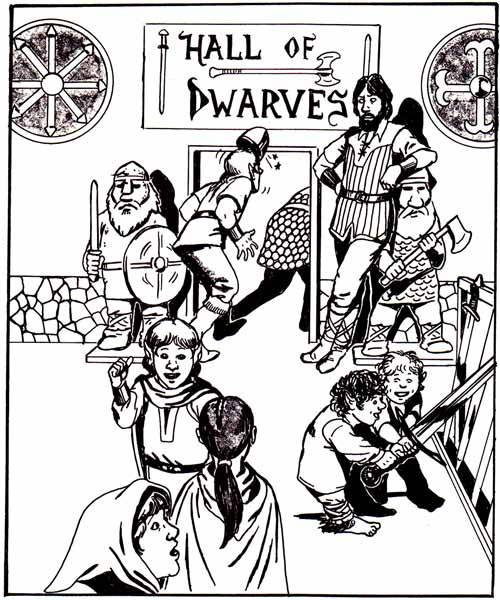There may well be interpretations other than the three I've presented below, but hopefully this will delineate where the key differences lie.
First, here are the traits I'll use to describe them:
- Physical worlds are composed of matter and energy, physics and biology, and function similarly to our own, though may in some ways be alien. Physical worlds in are generally finite, though they may reside in an infinite substrate (like the astral plane or space of some sort).
- Metaphysical worlds mimic physical worlds in some ways, but aren't really fully natural or "functional." Examples would include pop conceptions of Heaven (a bunch of solids clouds, with some angels and a set of golden gates) and Hell (a cavernous realm of fire). In literary fantasy settings (be they trad fantasy, pulp science fiction, or superheroes), the difference between physical worlds and metaphysical ones may only be discernible by context. Metaphysical worlds may be finite or infinite, but if they are infinite they are likely only notionally so--characters are always tend to show up "where the action is."
- A fixed reality is one where things appear to obey mundane physical laws, with exceptions for magic or special powers. The local laws might differ from the primary world's, but they are still rules that govern most everyone.
- A mutable reality is more dream-like or the power of one or more beings to manipulate its nature is so significant that things can't be taken for granted.
Planets/Worlds/"Alien Sphere": Physical spaces, whatever their actually shape/structure that exist either in the same universe as the primary world of the setting or accessible universes. In fact, they may be the other universe, made up of a number of sub-worlds. The world or universe may be reached or traversed by strictly physical means, but often can only be accessed by some sort of special device or power.
Traits: Generally physical and fixed.
Examples: Marvel's Microverse and Negative Zone; the Marvel Cinematic Universe's version of the Nine Realms; perhaps Yag ("Tower of the Elephant") and other mystically described planets in pulp fiction.
Conceptual Realms: Generally supernatural places of supernatural beings, often arranged in levels or perhaps energy states. They are typically reached by magical or esoteric means, but the magical means may be as simple as walking through a seemingly mundane door or gate. Some can't be visited by physical bodies, but only by spirits, astral forms, or the like.
Traits: Metaphysical and (mostly) fixed.
Examples: various after-lifes, places where demons and gods dwell; The Realm of Dream from Sandman; The Matrix and other virtually reality realms are non-supernatural examples.
Gygaxian Esoteric Planes: Places that often bear the names and some of the characteristics of various historical conceptual realms but are more defined in their characteristics. They are inhabited by supernatural beings that tend to behave like mundane beings, the only difference being "power." Geography tends to be more important than in conceptual realms; planes can be mapped to a degree, and travel along associated terrain may be necessary.
Traits: Physical or Metaphysical, mostly fixed but can be mutable.
Examples: The Great Wheel as presented in AD&D or the 4e Cosmology; Marvel Comic's version of the Nine Realms in Thor.
At first blush, one might suggest the Gygaxian Esoteric Planes are just conceptual realms adapted to the requirements of a game, but I don't think this is the case. In the same way old school games are able to support a more mutable, fantastic, mythical underworld, they could also support conceptual realms (indeed, some rpgs already have them as background elements), but for whatever reason, Gygax and his successors chose not to portray most of the Great Wheel that way. Similarly, weird or magical planets were hardly unknown in the source literature D&D was drawn from (and would eventually show up in Planescape and Pathfinder's Golarion Solar System), but this wasn't the path chosen for D&D either.
Whether the rejection of these options was a misstep or an innovation, depends on your point of view.






















